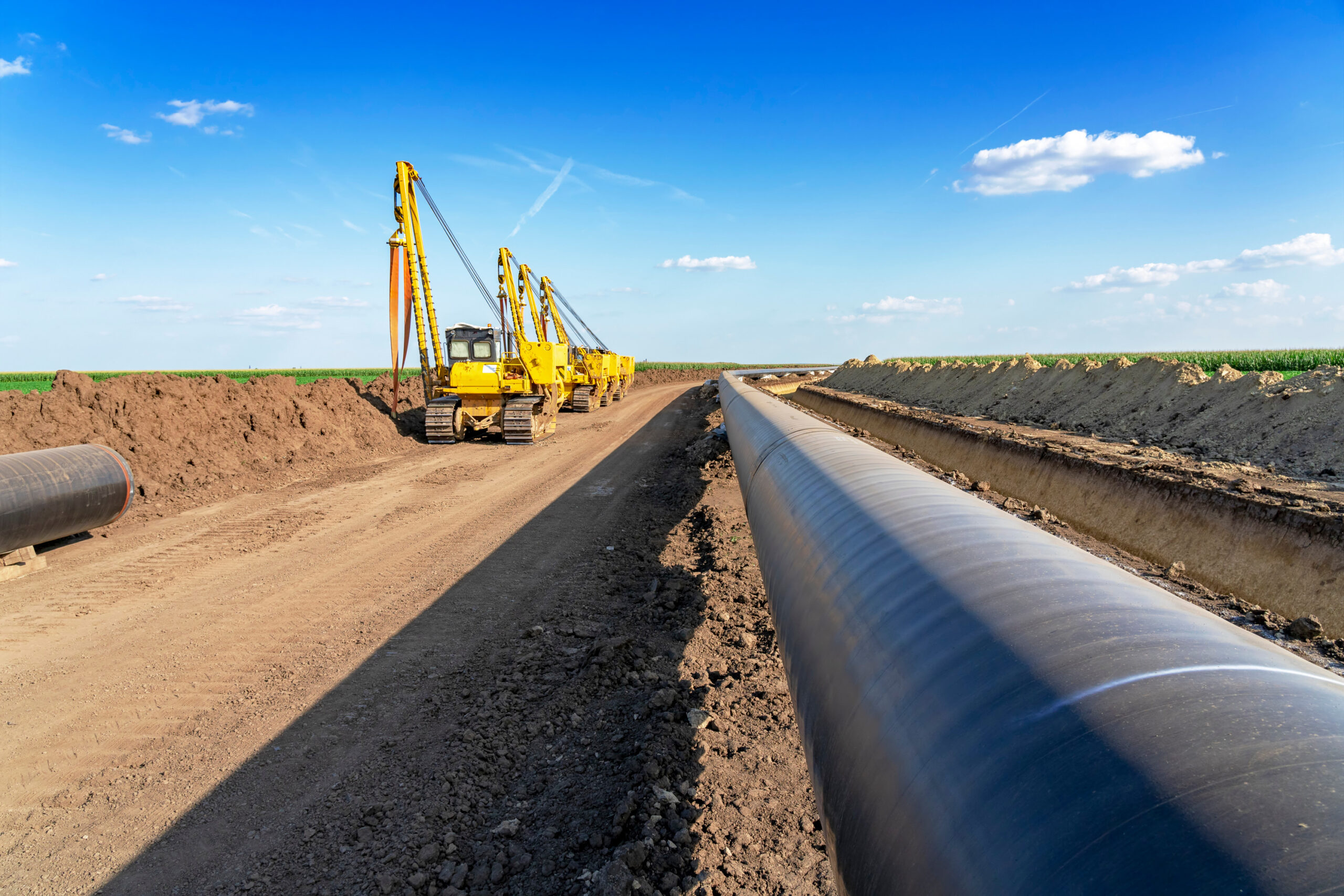
Under Pressure
The U.S. oil and gas pipeline network is a sight to behold that goes largely unseen save for a satellite image. Operating around the clock, shouldering a massive responsibility to keep the nation running uninterrupted at full speed, it’s also one of the world’s largest. Home to the greatest number of crude oil pipelines at 147, with another eight under development. Home to 254 natural gas pipelines—the most in North America. And still, we need more to keep pace with the vast changes underfoot that depend on this critical network.
Reese Energy Consulting today is following the latest news from GlobalData, which reports pipelines will dominate all U.S. crude oil and natural gas midstream projects through 2028. Out of 186 newbuild and expansion projects slated for operation over the next four years, 87 are tagged as pipelines. These, to flow more and more juice to service not only our own evolving economy but global thirst to address their own. With the nation’s more than 3 million miles of pipeline infrastructure, it’s far from enough to address the burgeoning Electrification of Everything, energy-vampire AI technology, and record-breaking oil and gas production and exports.
A micro snapshot starring the Permian. Where oil output now averages a staggering 6.3 MMBD and enormous volumes of associated gas are bringing pipeline capacity to the brink. And here lies the rub: Ya can’t produce more oil unless there’s more exits for more produced gas—both of which are largely destined to export facilities. On a helpful note, the 580-mile Matterhorn Express, scheduled for service later this year, will move 2.5 BCFD out of the Permian Delaware while other pipeline projects continue apace. In the meantime, Bill Idol is still wailing, “More, more, more.” Our midstream friends deserve a big shoutout in their haste to build these critical bones in the Permian and beyond. High fives all around.
